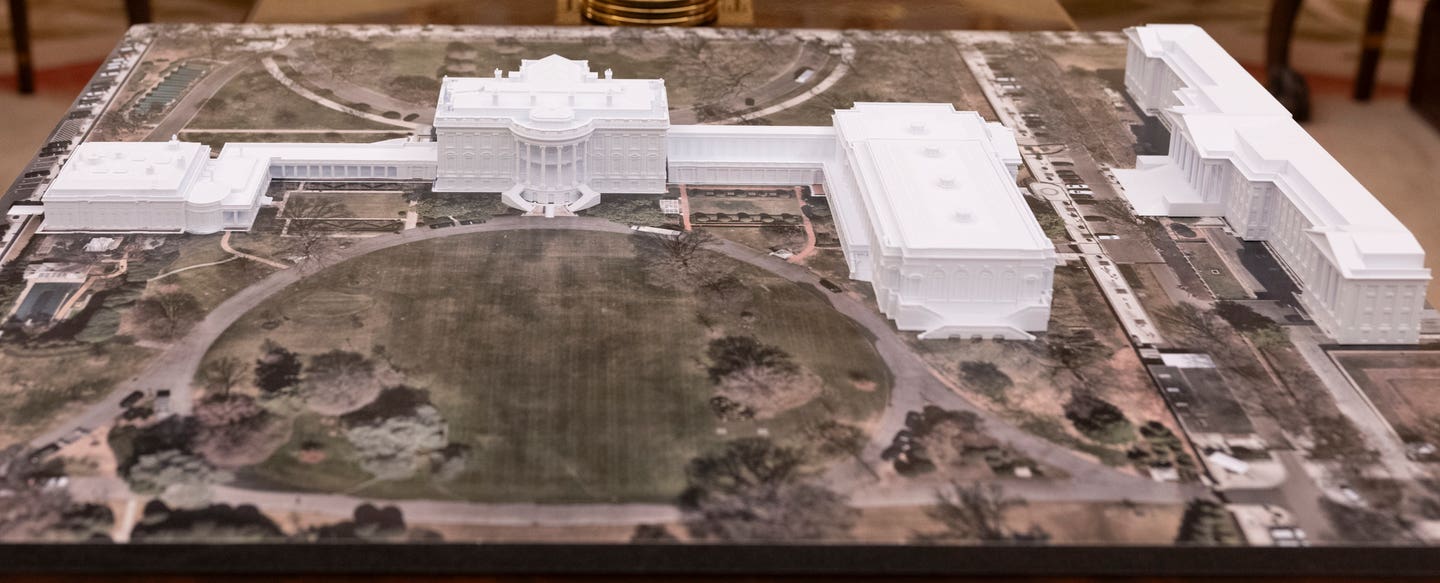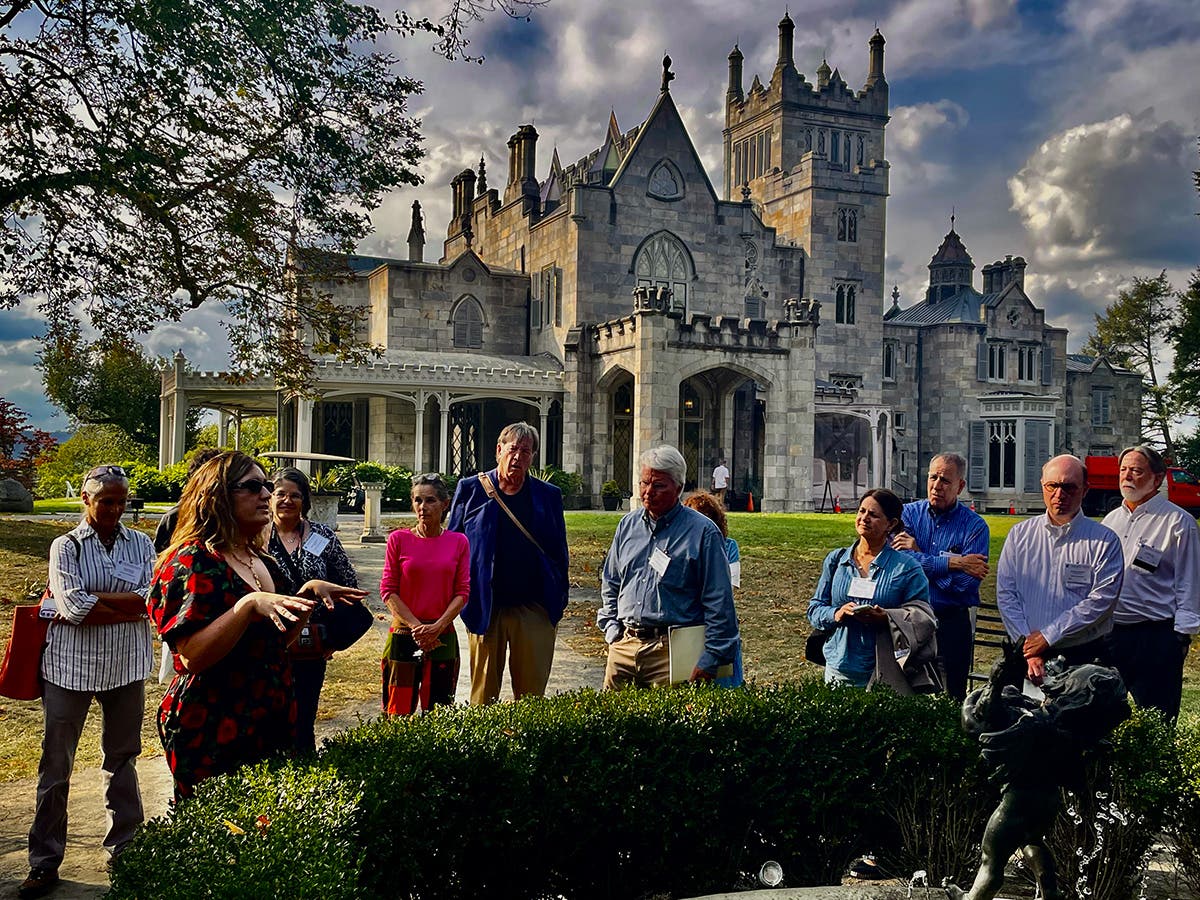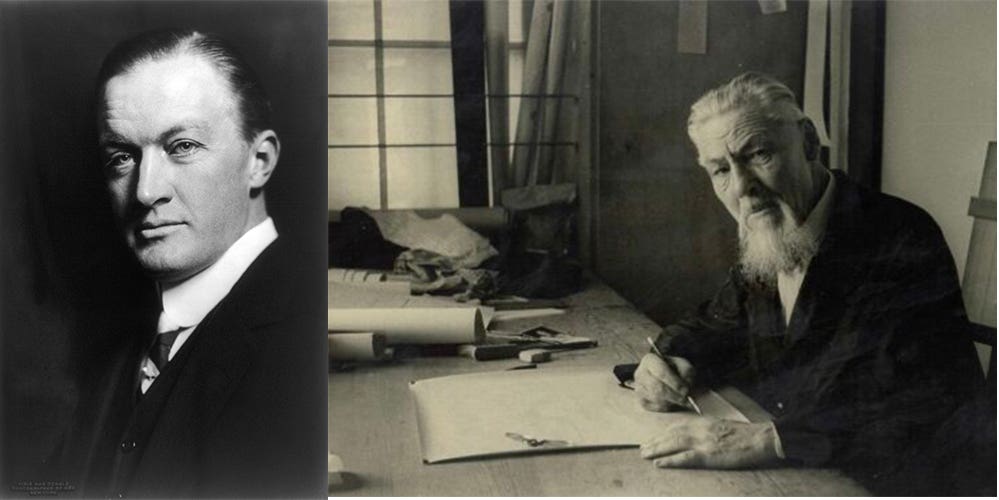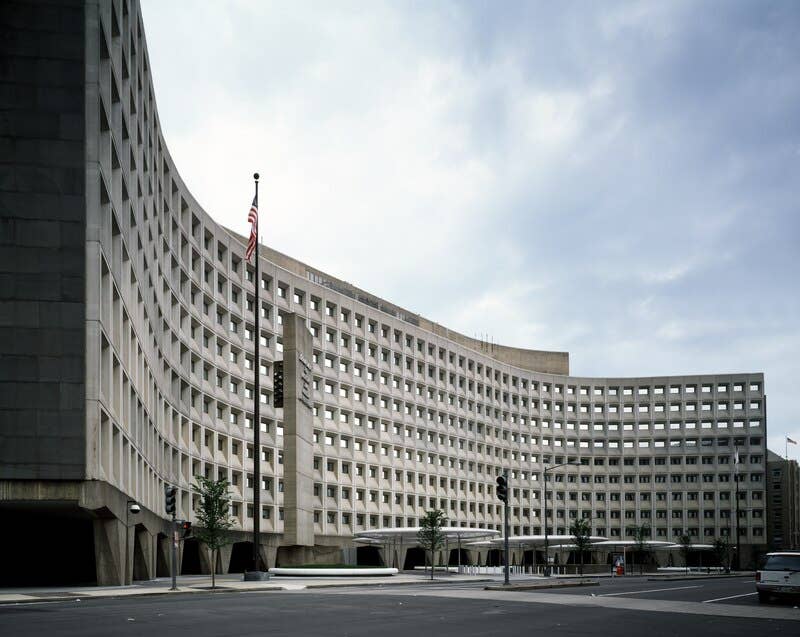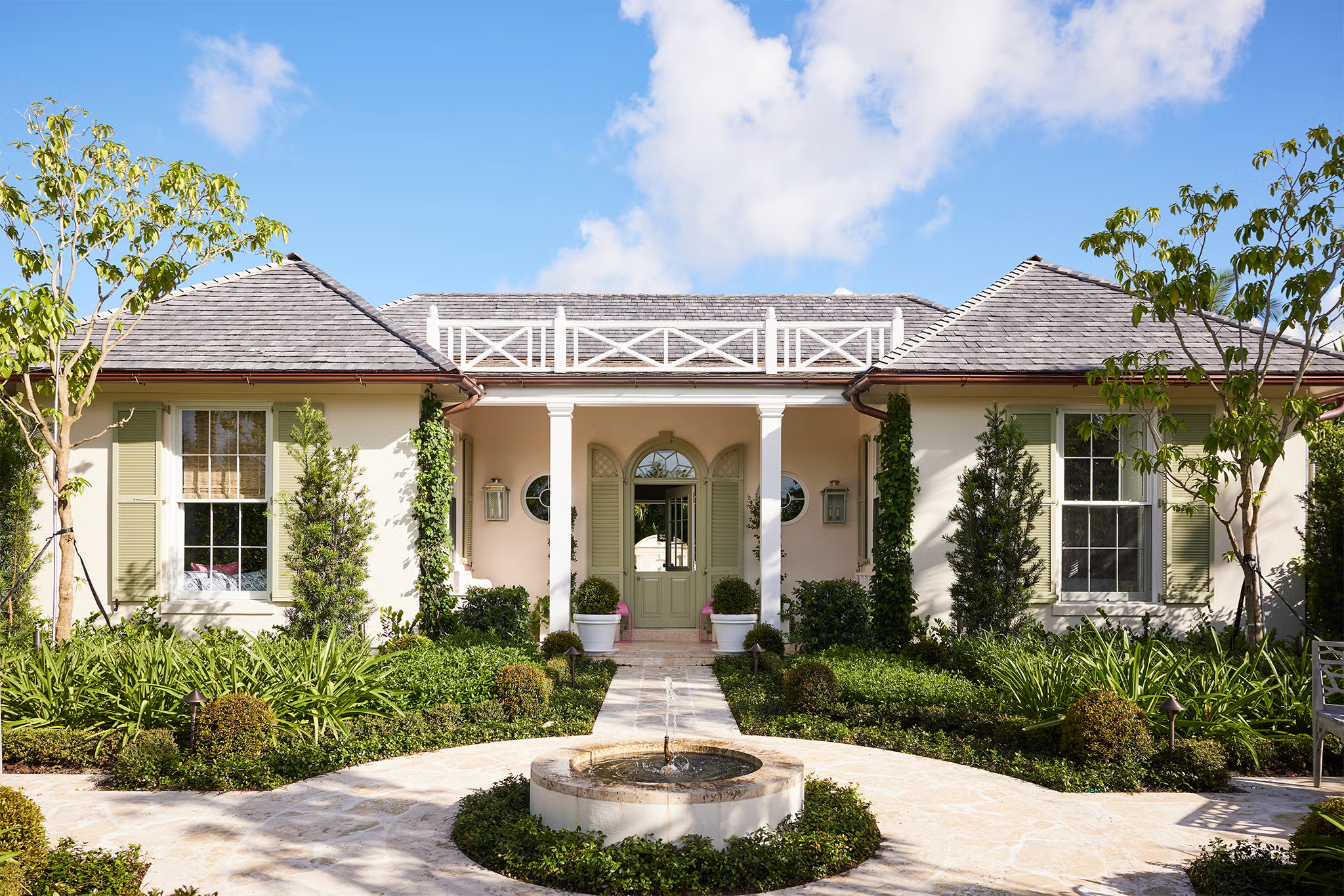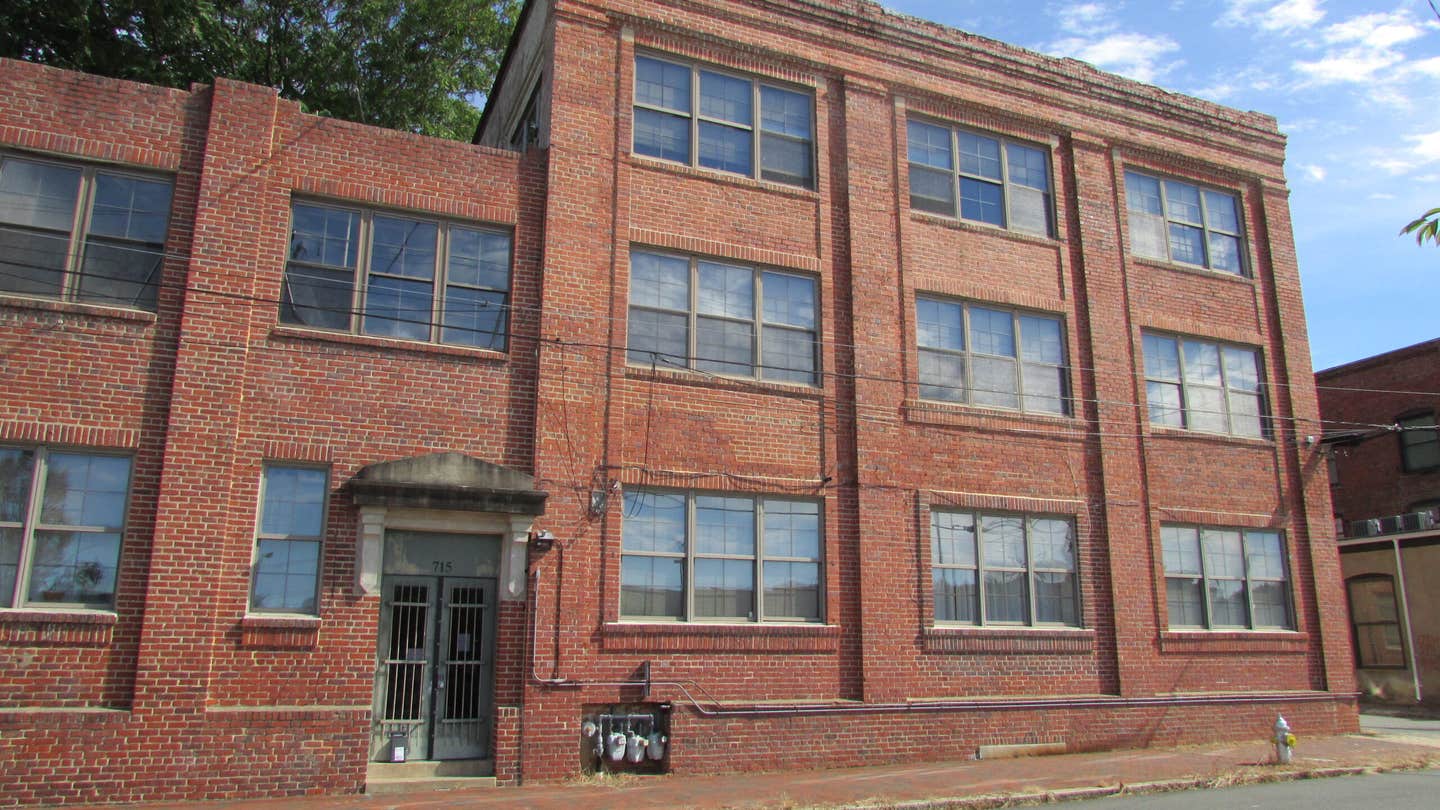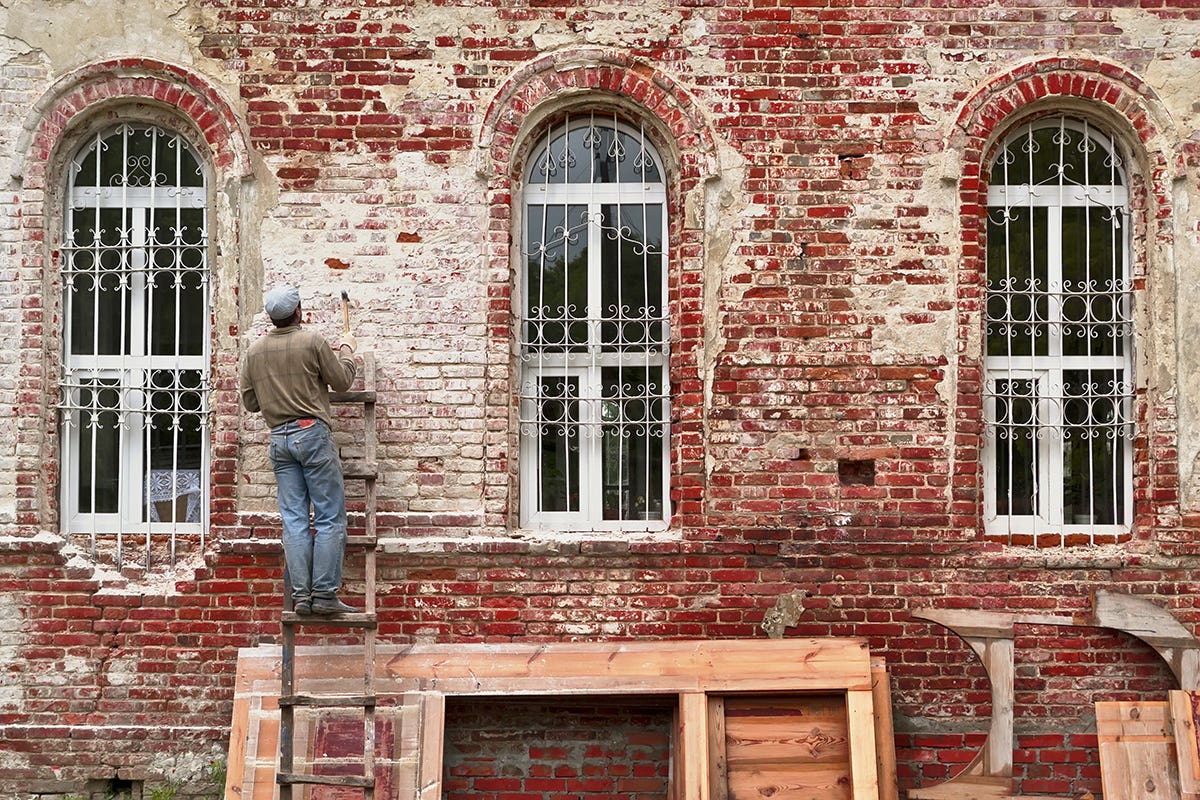
Peter Miller
The State of Things June 2021
According to the U.S. Census Bureau Construction Spending Survey, revised May 2021, the value of residential construction put in place for April was $729,238,000. For a look at the history of this line item, I had to go back to 2006 to get even close to the current value; that year in the month of April, residential construction put in place was $650,388,000. To describe the residential housing market now, I’ll use a word that I’ve grown tired of during the pandemic: unprecedented.
The same report from the U.S. Census pegs the value of private nonresidential construction at $451,441,000 for April. While this is a slight decrease from the same month last year, it’s still higher than any other month prior to 2017. The high-water mark for this line was in November 2019 when nonresidential construction put in place was $501,449,000.
Construction spending in the education segment, a relative sweet spot for traditional building professionals, has held steady, albeit with campus projects put on hold during the pandemic. The recent high-water mark here was in December 2020 with $88,470,000. April 2021 was $83,311,000.
Graham Wyatt, FAIA, who manages the education practice for RAMSA, told me recently that “work for academic institutions has come back strongly despite much press about a new world of virtual learning. What my university clients are saying is that “hybrid” learning is no longer the future, it’s here now. This means some education is delivered online and some face-to-face. The in-person part is all about discussion, collaboration, and teamwork…not lecturing. This requires different types of classrooms, labs, and spaces which support this type of learning.”
My college admissions contacts reiterate Graham’s point; they report a record number of college applicants at the top schools which have a traditional campus in attractive college towns and a strong sense of place. But college spaces are being reconfigured.
About other institutional historic restoration and renovation, Jill Gotthelf FAIA, FAPT, principal at Modern Ruins/Walter Sedovic Architects says, “They may have scaled back from early 2020, but historic theaters, museums, churches, and synagogues continue to be good stewards of their historic buildings, especially with projects necessary for public safety and comfort, post-pandemic.” Jill points to new legislation through the EDA Public Works programs District Funding which could help boost Main Street revitalization in the commercial construction market sector.
There is a confluence of health, social, and environmental issues which have an impact on the traditional building market. It seems like everywhere we look there is a problem we can help solve. Jill Gotthelf talks about the affordable housing crisis in urban areas and tells me “there are many RFPs for affordable housing coming out. Current bills in the house include increases in the Historic Tax Credit which makes relief more accessible for small historic projects. These tax credits have more appeal for private developers to work with non-profits."
Jill is advocating the passage of two more pieces of important legislation: The Neighborhood Homes Investment Act, which would spur the rehabilitation of housing in distressed neighborhoods and the Civilian Climate Corp initiative, a jobs bill which could kick start more preservation trades training.
Ms. Gotthelf’s perspective is a welcome antidote to what a high-end residential real estate broker told me recently about the market in Washington DC, “home buyers must be all cash, no contingency, and be willing to bid 50% over the asking price. They’ll be competing with seven other all-cash bidders.”
I think I’ll just… reupholster my couch.
Peter H. Miller, Hon. AIA, is the publisher and President of TRADITIONAL BUILDING, PERIOD HOMES and the Traditional Building Conference Series, and podcast host for Building Tradition, Active Interest Media's business to business media platform. AIM also publishes OLD HOUSE JOURNAL; NEW OLD HOUSE; FINE HOMEBUILDING; ARTS and CRAFTS HOMES; TIMBER HOME LIVING; ARTISAN HOMES; FINE GARDENING and HORTICULTURE. The Home Group integrated media portfolio serves over 50 million architects, builders, craftspeople, interior designers, building owners, homeowners and home buyers.
Pete lives in a classic Sears house, a Craftsman-style Four Square built in 1924, which he has lovingly restored over a period of 30 years. Resting on a bluff near the Potomac River in Washington, D.C., just four miles from the White House, Pete’s home is part of the Palisades neighborhood, which used to be a summer retreat for the District’s over-heated denizens.
Before joining Active Interest Media (AIM), Pete co-founded Restore Media in 2000 which was sold to AIM in 2012. Before this, Pete spent 17 years at trade publishing giant Hanley Wood, where he helped launch the Remodeling Show, the first trade conference and exhibition aimed at the business needs and interests of professional remodeling contractors. He was also publisher of Hanley Wood’s Remodeling, Custom Home, and Kitchen and Bath Showroom magazines and was the creator of Remodeling’s Big 50 Conference (now called the Leadership Conference).
Pete participates actively with the American Institute of Architects’ Historic Resources Committee and also serves as President of the Washington Mid Atlantic Chapter of the Institute of Classical Architecture & Art. He is a long-time member of the National Trust for Historic Preservation and an enthusiastic advocate for urbanism, the revitalization of historic neighborhoods and the benefits of sustainability, including the adaptive reuse of historic buildings.




